All organisations and teams investing a great deal of time and money in their Business Process Management implementation, want to know that it will be used by its intended end users.
We have set out the ten most important steps to take during implementation to help ensure that it will be.
1. Be clear on the purpose of your Business Process Management system
In order to achieve your objective for your BPM system, you need to be clear on what it is.
This is the foundation stone for all else.
You, your team and your senior sponsors, must all be able to answer the questions:
- “What is the purpose of our BPM system?”
- “What objective do we want it to achieve?”
- “What problem(s) is it going to solve?”
The answers to these questions will effect who the intended end users of your BPM system are, how they need to use the system – so how it’s structured - and how you tell them about it.
To get your BPM system implementation right from the start, you'll need to know what you are trying to achieve, so that you can get the system that's right for you. One of the best ways of achieving this is by reading case studies of other organisations that have already gone through the implementation and have shared their steps for success.
2. Get the BPM system structure right
The structure of the system must support the agreed end objective.
One thing to think about is, will the system support just one part of your organisation? Or the whole organisation?
At Triaster we firmly believe that your BPM system should sit at the heart of your organisation. We believe however that the most benefit is derived from one common BPM system supporting the whole organisation. This gives one central, source of accurate information, accessible to the whole organisation. It also, for example:
- Promotes consistent working
- Helps to break down siloed working
- Supports Continuous Improvement
- Promotes an effective Quality Strategy
- Enables quality accreditations without disruption to the business
Sometimes, particularly with the initial implementation, it isn’t practical to support the whole organisation, but if possible this should be your ultimate objective, and your BPM system should be structured with this in mind.
With a full company BPM system, it may seem as if the obvious way to structure it is department by department. But when thinking a bit more about the end objective it may well in fact be by product or service. The more that you can structure your BPM system to support an end-to-end process view (the customer view) the better, as this will best promote whole company thinking.
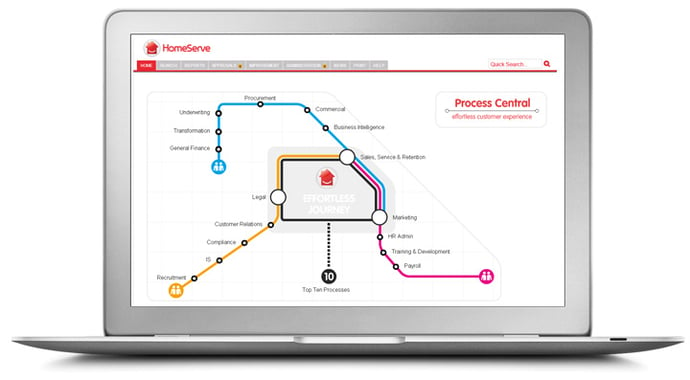
In any event the BPM should certainly be structured to show common process such as HR and Finance separately from the departments or business units that they support.

Most importantly the structure must support the core purpose for your BPM system and make sense to its end users.
For more on this please read: Business Process Management (BPM) system structure: Core vs business unit processes
3. Think about the target audience for your BPM system
If your BPM is going to support your whole organisation, this may seem like an easy one to answer; but that the answer is not that helpful.
However, there will be certain things that are common to everyone working in your organisation. They will be familiar with:
- Your corporate branding
- Your website
- Other core systems
This knowledge should be used to design an interface to your BPM system that will be recognisable and appealing to its end users.
Adherence to corporate branding guidelines is particularly key – not least in obtaining sign off on your BPM system designs!
4. Use an intuitive navigation
At Triaster we offer our customers two types of homepage architecture for their BPM systems: Click and Hover.
- The Hover interface is a traditional web menu hierarchical structure, which is controlled by moving your mouse over the navigation options. Top level options can be accompanied by an image
- The Click interface is a scene by scene based architecture. Users move through the typically 3 level hierarchy by clicking through a storyboarded customised environment.

We find that customers in industries such as engineering, construction and defence generally adopt the Hover interface, whilst customers in education, the public sector and customer service industries tend to prefer the Click interface.
We also find that generally if users like the Hover type for example, they will hate the Click interface and vice versa!
Choosing the right approach for your end users is absolutely key to their use of your BPM system.
To see other Triaster customer homepage designs please click here.
5. Get the ‘tone of voice’ correct
Whilst developing the design of your chosen homepage, be that Click or Hover, think about the key messages that you want to communicate. Although subtle, getting this correct (or not) can have a marked effect on BPM system usage.
The message to be conveyed will depend on the objective for the system. It will also depend on how heavily you want to replicate the design of another system or resource, such as your intranet. If your intranet is well designed, used and liked, replicating its approach may promote usage of your BPM system.
Triaster’s customer Interserve FM designed their system ’PRISM’ in line with their intranet, ‘IRIS’. Both now have a strong brand and image which end users like.
Click here to see the PRISM design.
6. Agree a theme that will appeal
Sometimes agreeing a theme that will appeal is hard. Sometimes it is obvious. The place to start is with the system name and logo.
Sungard Availability Services call their Triaster system Ask PAT. PAT stands for Process Application Tool and is also the first name of the well-known Director, who has ultimate responsibility for the system. With the name in place the development of a strong logo and theme was fairly straight forward.
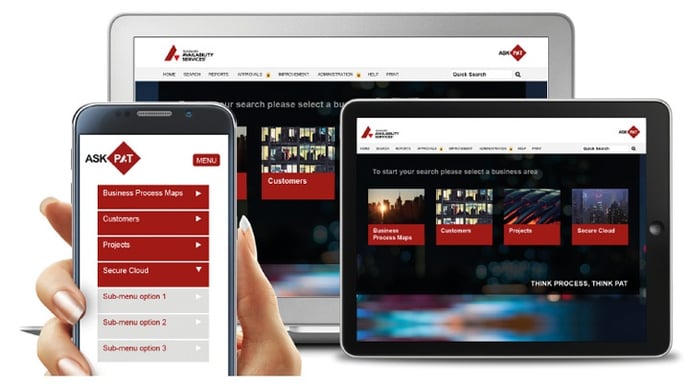
A strong theme best enables development of an identity for the system.
7. Develop an identity for your BPM system
To best ensure usage of your BPM system, its identity should extend well beyond the system itself. Spread the word about it by using the name, logo and theme as widely as possible. If budget permits, promote the system with useful giveaways.
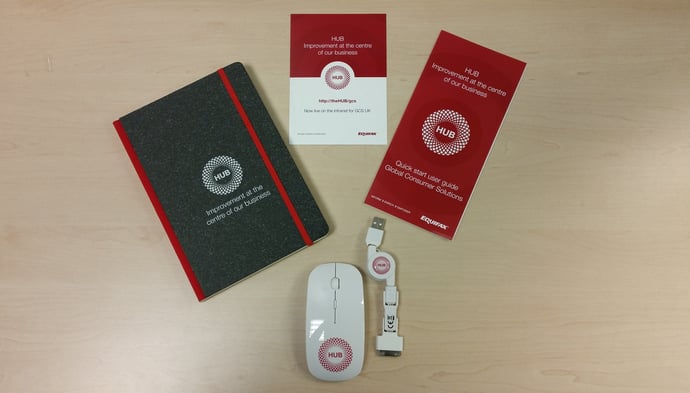
Even with limited budget the system’s identity can be promoted by leveraging the theme with ‘opportunities to see’.
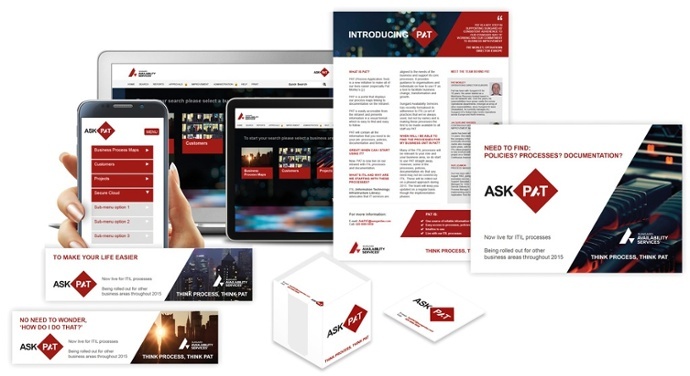
It is also important to explain the reasons for the system’s implementation and how employees will benefit from using it.
8. Involve end users
It is natural to be suspicious of new things. All of the steps set out so far have been to make something new, seem as familiar and intuitive as possible.
Alongside this, involve as many people as possible in the capture of the content for the system. When involved in its development, people will be much happier to use it.
To find out more about this please read:
5 Business Process Mapping tips for Getting your Entire Team Involved
9. Ensure the content is accurate
Of course even the best structured system, with a well-loved theme won’t be used if the information it contains is out of date or inaccurate. Ensure that all content published to your BPM system has been reviewed and signed off as accurate.
Where there are gaps in content, make it clear when it is intended that these will be filled.
10. Communication, communication, communication
Generally people won’t use a system unless they both know about it and understand how using it will benefit them.
So tell them.
Leverage your theme, the system’s identity and tell them about it. Use all your organisation’s usual communication channels to get the word out there. For example:
- Newsletters
- Bulletins
- E-mails
- Electronic notice boards
- Meetings…
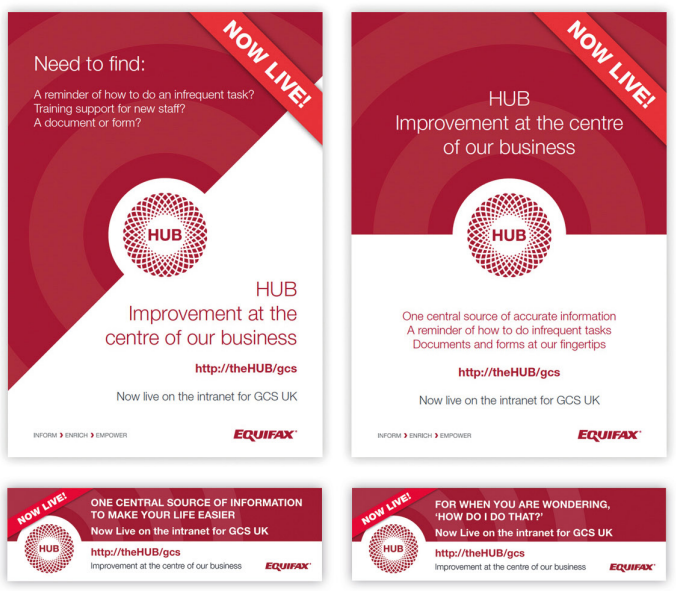
Get your senior sponsors as involved as possible. Ask them to cascade the message, explain their objectives for the system and how these align with the corporate strategy.
Set up launch events and invite everyone.
Each of these 10 steps outlined is necessary for any Business Process Management implementation. While some things only need to be done during the set up phase – such as agreeing the structure and theme. Others, such as communication, must be ongoing and embedded in your culture.
If you have any further questions regarding BPM implementation, please feel free to fill out this short survey. The survey allows you to tell us exactly what information you would like to receive so that we can send you the appropriate information to match.
Related articles:
What problem does Business Process Management (BPM) solve?
Inconsistent working: How can I get people to work consistently?
Continuous Improvement: How do I create a culture of Continuous Improvement?
Business Process Management (BPM) system structure: Core vs business unit processes
Written by Emma Harris
Emma was Operations Director for Triaster for nearly 20 years, during which time as well as learning and perfecting her BPM and process improvement skills, she honed her inbound marketing expertise. She now runs D2e - Designed to engage - which designs and develops bespoke, engaging, HubSpot CMS websites, that help your entire company to grow and scale. She is delighted to still be delivering Triaster's marketing, whilst also helping other companies turn their websites into their hardest working asset.
